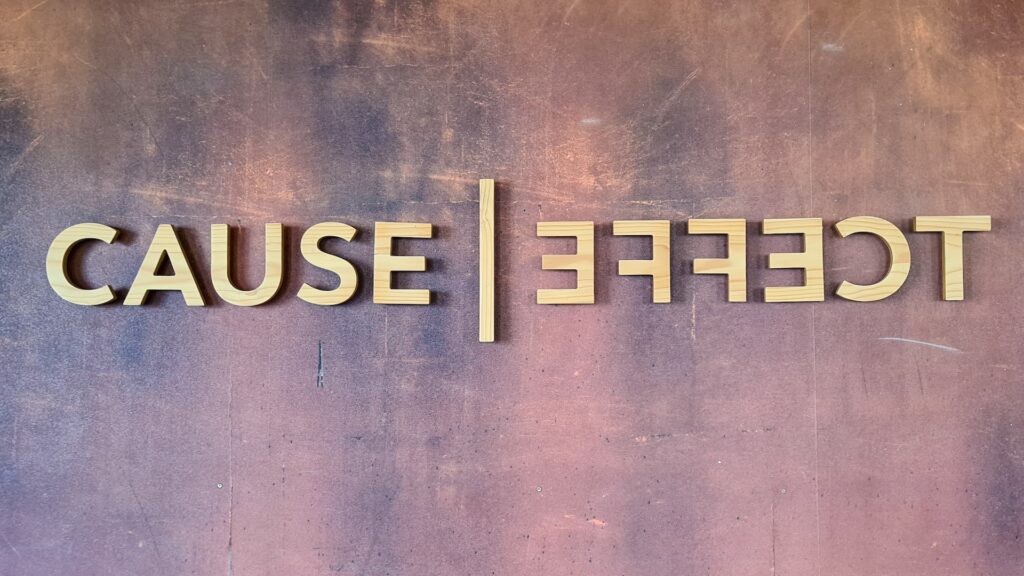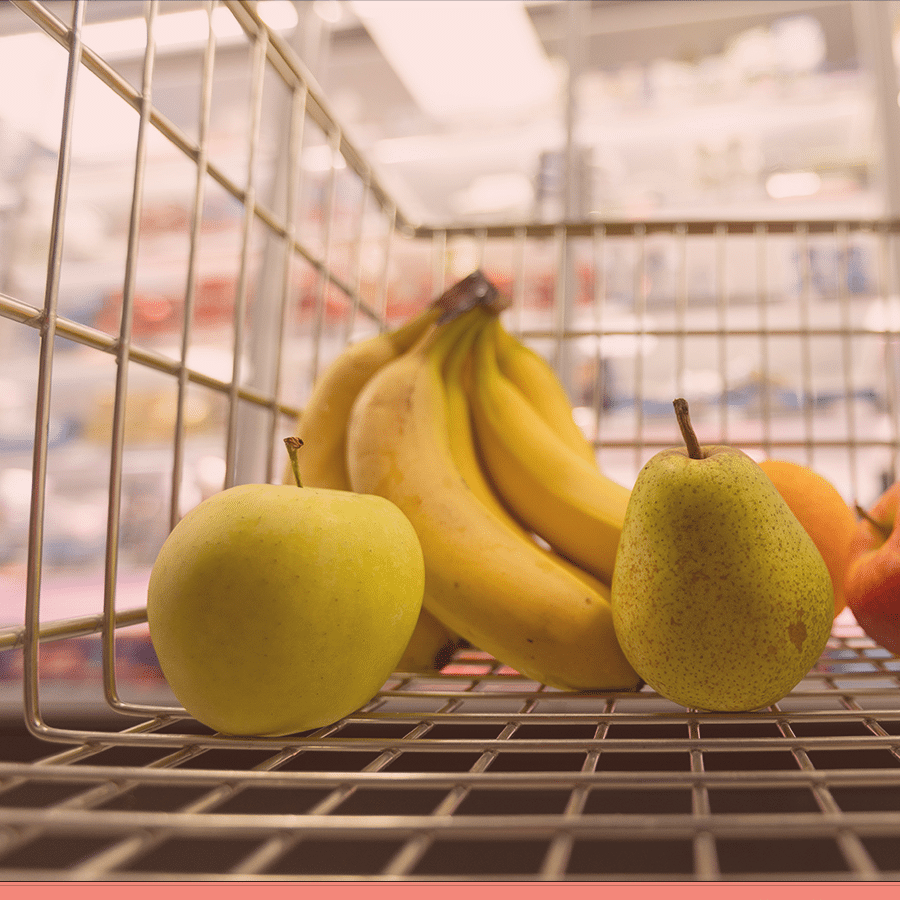
In the realm of data analysis, distinguishing between causation and correlation is crucial for making informed decisions and drawing accurate conclusions. While these two concepts are often intertwined, understanding their differences can be essential for retailers leveraging basket analysis to drive business growth and success.
Causation and correlation defined
Causation refers to a cause-and-effect relationship, where one event or variable directly influences or determines the occurrence of another. It suggests a clear and direct connection between the cause and its effect. On the other hand, correlation indicates a statistical relationship between two variables without implying causation. In other words, when two variables exhibit a correlation, they tend to change together, but it doesn’t necessarily mean that one variable causes the other.
Importance of distinguishing causation and correlation in retail
Retailers heavily rely on data analysis to drive their strategies, optimize operations, and enhance customer experiences. Basket analysis, a technique widely used in the retail industry, examines patterns and associations between products purchased together. By understanding the distinction between causation and correlation, retailers can avoid making misguided decisions based on erroneous assumptions and leverage basket analysis effectively.
Example 1: Causation in Pricing Strategies
Consider a retailer that implements a dynamic pricing strategy, adjusting prices based on demand and market conditions. By analyzing sales data using basket analysis, the retailer identifies a clear causation between price reductions and increased sales volume. The cause (price reduction) directly leads to the effect (increased sales). This insight enables the retailer to confidently implement pricing adjustments to boost revenue.
Example 2: Correlation in Product Placement
In the context of product placement within a retail store, correlation plays a significant role. Suppose a retailer observes that customers who purchase sunscreen often buy beach towels. While there is a strong correlation between sunscreen and beach towel purchases, it does not imply a causal relationship. The presence of sunscreen in the basket does not cause the customer to buy beach towels, but rather suggests a relationship based on customer preferences or external factors like seasonal trends.
Role of basket analysis
Basket analysis allows retailers to uncover associations and patterns within customer purchase behavior. It helps identify correlations between products, enabling retailers to optimize product placement, plan effective cross-selling strategies, and personalize recommendations. By analyzing large volumes of transactional data, retailers can identify common purchasing patterns and understand customer preferences, facilitating targeted marketing efforts and enhancing customer experiences.
Utilizing basket analysis to unravel causation and correlation
Basket analysis serves as a valuable tool for retailers to navigate the complexities of causation and correlation. Here’s how basket analysis can aid in unraveling these threads:
- Identify causal relationships: By analyzing transactional data, retailers can identify clear causal relationships between variables. For example, by examining the impact of specific marketing campaigns on sales, retailers can determine whether the campaign directly influenced customer behavior or if the correlation was coincidental.
- Uncover hidden factors: Evaluating basket behavior enables retailers to uncover hidden factors that may explain the correlation between variables. For instance, a retailer may discover that the correlation between sales of winter coats and hot chocolate is due to the shared factor of colder temperatures, rather than a direct causal relationship between the two products.
- Validate hypotheses: Researching buying patterns allows retailers to test hypotheses regarding causation. By conducting controlled experiments or A/B tests, retailers can determine whether a specific change in one variable results in a corresponding change in another, providing evidence for a causal relationship.
- Avoid spurious correlations: Understanding purchasing choices helps retailers avoid drawing conclusions based on spurious correlations.
To learn more how basket analysis can support your retail strategies, check out these articles:
Harnessing basket analysis to evaluate buy-now-pay-later (BNPL) services
Unraveling the Walmart beer and diapers market basket analysis
How basket analysis empowers merchadisers




